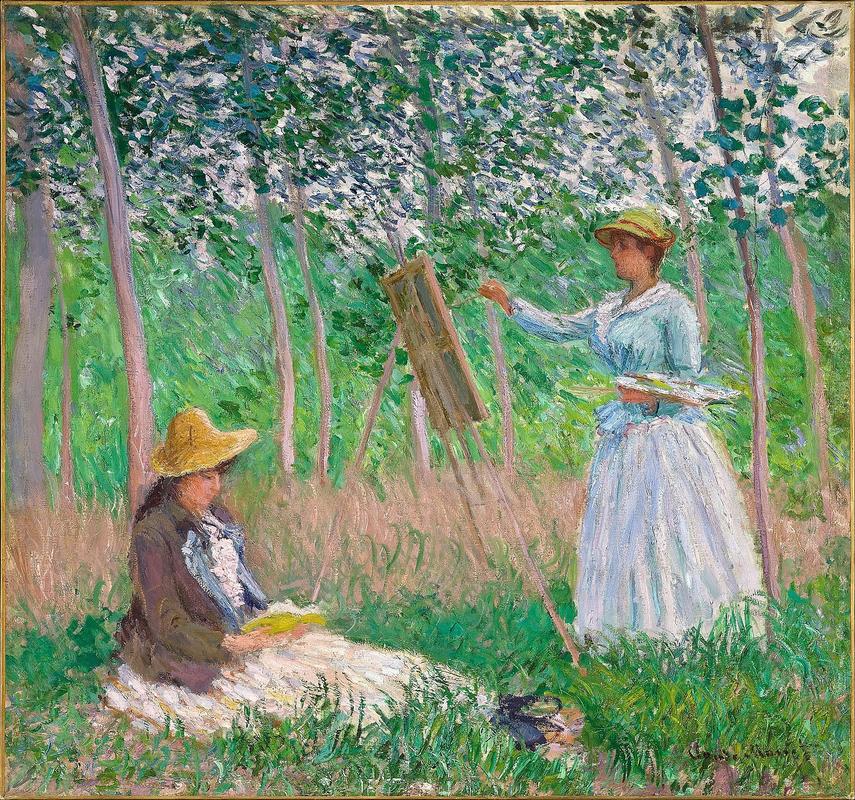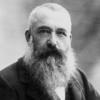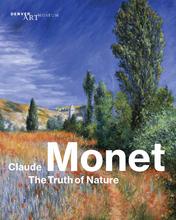More about In the Woods at Giverny: Blanche Hoschedé at Her Easel with Suzanne Hoschedé Reading
- All
- Info
- Shop

Contributor
This beautiful and peaceful painting in no way hints at the twisted, semi-incestuous life of the Monet and Hoschedé families.
The background story is this: Ernest Hoschedé, the father of the girls in the painting and a great patron of the Impressionist movement, commissioned a series of paintings from Claude Monet, as the two were friends. During this time, Monet met Alice Hoschedé and they too started a “friendship” (which may or may not have been the conception of the youngest Hoschedé boy, Jean-Pierre). Ernest then hit hard economic times and took increasingly long trips to Paris before moving to Belgium without his family. Around the same time, the Monets moved in with Alice Hoschedé and her six children because Monet’s wife, Camille, was dying of cancer. After she died, Monet and Alice began a romantic relationship (shocker) despite the fact that she was still technically married to Ernest. But it was chill because they waited until Ernest was dead to actually get married even though they had been living together for almost 15 years at that point.
But the weirdness does not stop there. One of Alice and Ernest’s daughters, Blanche Hoschedé (depicted in this painting), began a romance with American painter, John Leslie Breck, which was abruptly stopped by Monet even though he allowed another American painter, Theodore Earl Butler, to marry Blanche’s sister, Suzanne (also depicted in this painting). Blanche instead married one of Monet’s sons, Jean Monet even though they were step-brother and –sister, most likely shared a sibling and had been raised like siblings themselves. This story doesn’t quite rival the large-jawed, hemophiliac Hapsburgs but it certainly isn’t normal.
Putting all of this aside, one of the subjects of this painting, Blanche Hoschedé was also a great painter who followed the work of the Impressionists. Though she was not as great as her step-father/father-in-law Claude Monet, she made a name for herself by “adopting an almost pure form of Impressionism.” She later was known as Monet’s “Blue Angel” who took care of him until he died in 1926.












